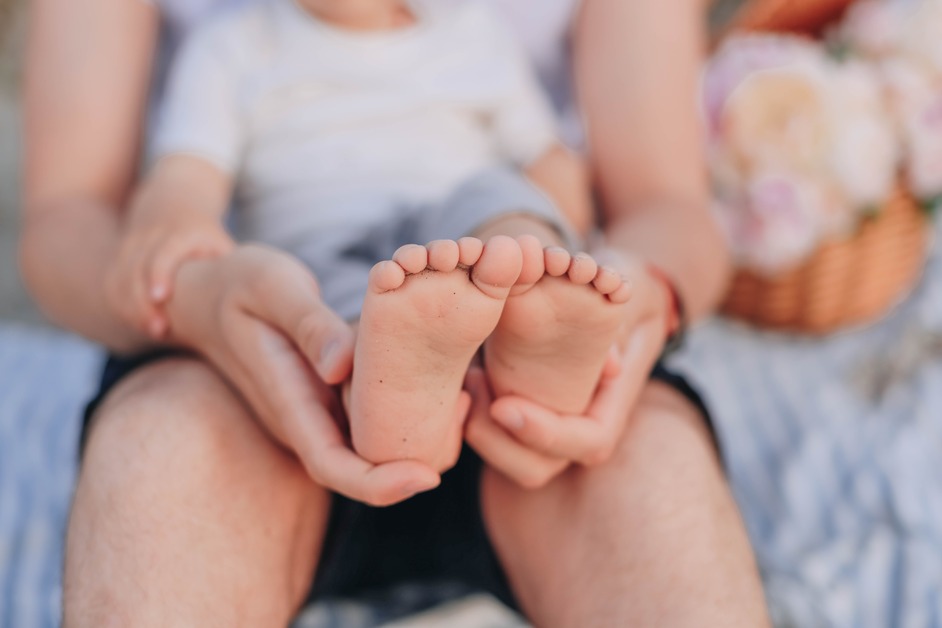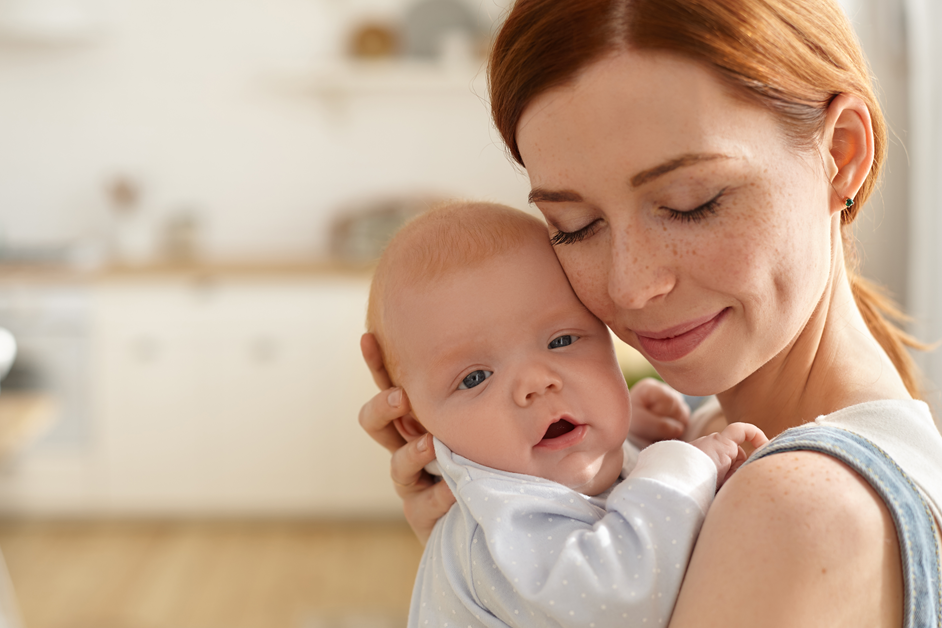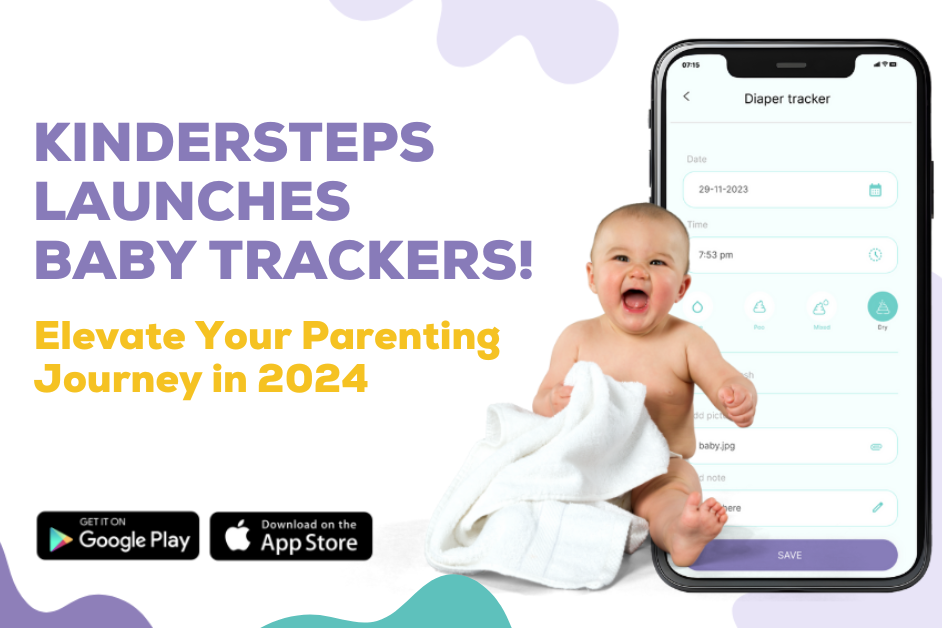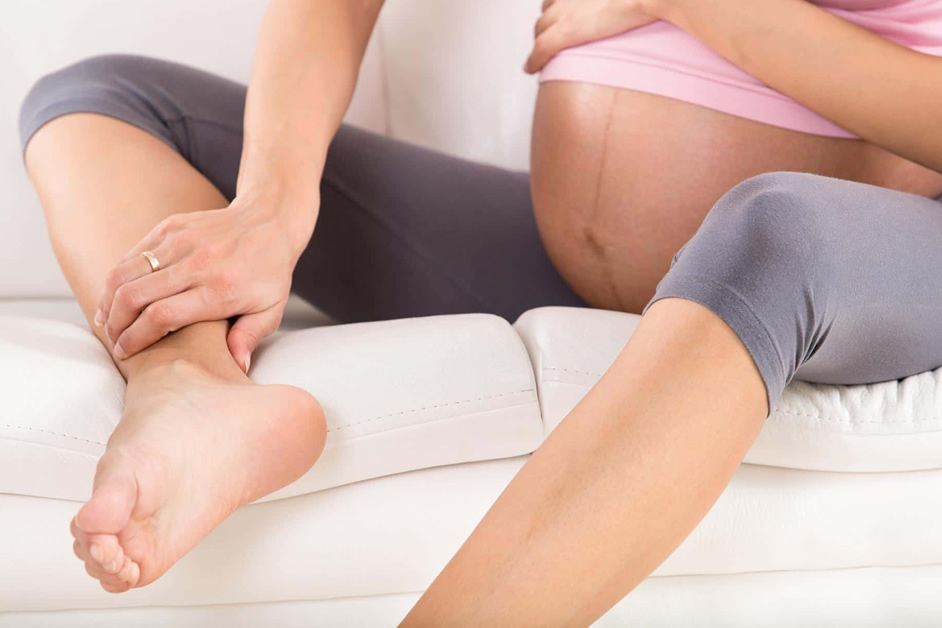Children grow most during their first year of life. Most babies grow ten inches and triple their birth weight by their first birthday and most toddlers grow three to four inches and gain three pounds each year. But the growth doesn’t stop there.
The most noticeable growth spurt happens during the early toddler stage and slowly picks up after attaining the age of puberty. Even though there are no noticeable growth spurts, you can expect substantial growth and development to occur during toddlerhood.
Here’s how much toddlers grow during different phases;
- First year: During the first year of life, children tend to increase by five inches in height and half a pound in weight every month during the first year.
- Second year: During the second year of life, children tend to increase by five inches in their height and approximately five pounds in weight.
- Third to fifth year: During the years 3 to 5, children increase by three inches in height and around six pounds yearly.
A growth chart to guide you
Birth to 24 months:
- Head circumference:
- Height:
For girls, this can vary anywhere from 45 to 52 cm from birth to 80 to 94 cm by the time they turn 24 months.
- Weight:
For girls, 2 to 3 kgs from birth to 15 to 22 kgs when they turn 24 months.
2 years:
2 years:
- Height:
For girls, this can vary from 80 to 94 cm from 2 years to 125 to 145 cm by the time they turn 10.
- Weight:
For girls, 10 to 15 kgs from 2 years to 25 to 50 kgs by the time they turn 10.
Here are a few cues to detect toddler growth spurts;
Here are a few cues to detect toddler growth spurts;
- Observable growth spurts with a visible outgrowth in clothes and shoes.
- Excessive hunger with a crave for particular foods.
- Change in sleeping patterns.
- Increased sleep durations.
- Demonstrating new skills in their developmental journey.
- Experiencing growing pains in the legs.
As a parent, here’s how you can help your child during this stage;
To help support your toddler’s growth, both during and after those tiny little spurts try to ensure that your toddler gets the following:
To help support your toddler’s growth, both during and after those tiny little spurts try to ensure that your toddler gets the following:
- Maintain proper bedtime routine: if you haven’t started the habit of a bedtime routine, it’s never too late to start, sticking to the routine offers stability and reminds your toddler that it’s time to wind down and rest.
- Sufficient sleep: although sleeping patterns can vary from child to child, ensure that your toddler gets 10 to 12 hours of sleep each night, as they are in their developing stage their body uses up a lot of energy.
- Balanced diet: they need essential nutrients and minerals to support their growing bodies, hence it is vital to maintain a healthy well-balanced diet to help your little one reach full growth.
complex carbohydrates from vegetables and whole grains to give them the energy to get through their long day.
- Exercise: ensure your toddlers get their physical activity done to tone up their muscles and maintain a healthy weight. You can make sure their getting their required amount of exercise for the day by engaging them in play. Kindersteps has over 1500+ play to learn activities that you can do with your little to help them achieve their growth milestones. You can also keep a record of their activities by taking photos and videos.
- Be patient with their changing emotions: remember this is all progress towards their learning and skills, hence offer them lots of practice on budding skills along with positive actions and attitudes.
- Calm yourselves: your little ones can sense your stress all the time, during this period they may feel it more, but if you can slow down and spend more quality time with it might help them ease this period.
- Get outside often: running, walking, or letting them play on the playground will help them dispel their crankiness, it also helps them in calming their mind, enhancing creativity, and boosting their mood.
- Engage their minds: best activities that can calm a busy and active mind are sensory activities, any activity that stimulates a young child’s sense of touch, smell, taste, sight, and hearing as well as, anything which engages movement and balance.
As you navigate the toddler years, your child’s growth may slow down a bit. Keep in mind that some reasons for delayed growth are completely normal. Each child develops differently, and at their own pace, but if their development seems too staggered, it is best to consult a doctor.






.jpg?alt=media&token=166b64a9-274c-400c-95e4-baf0013e7e43)
